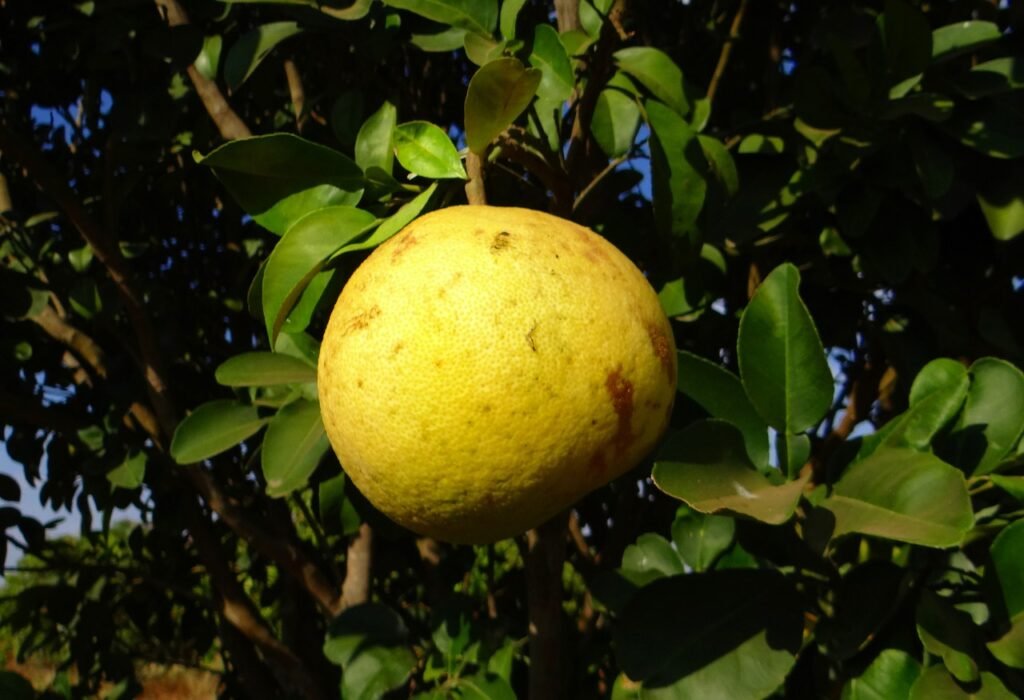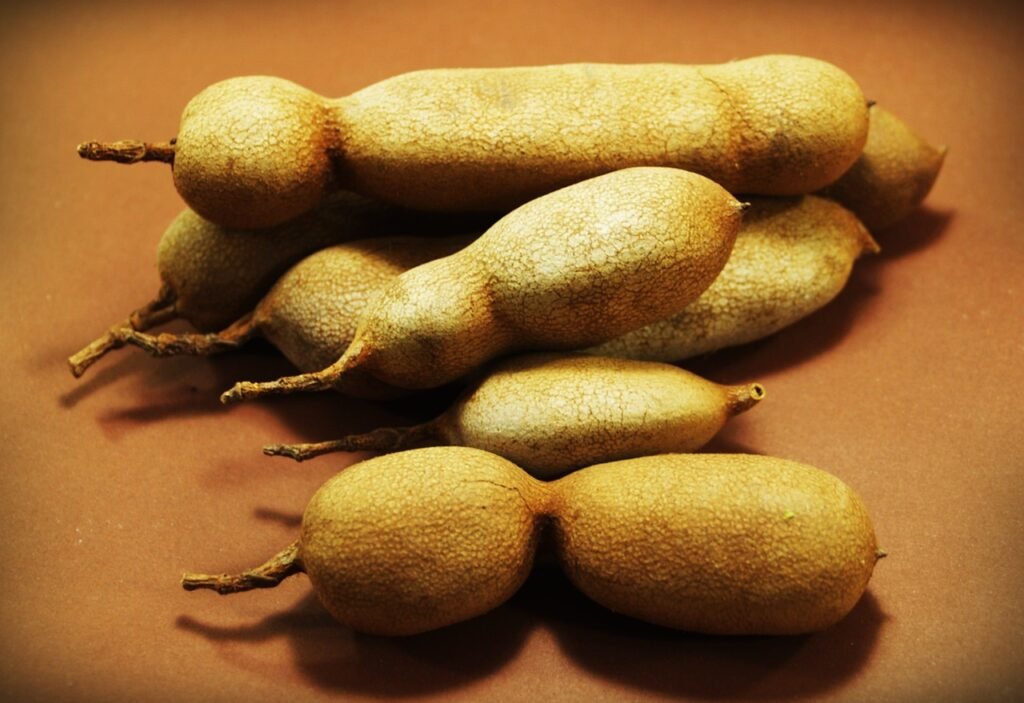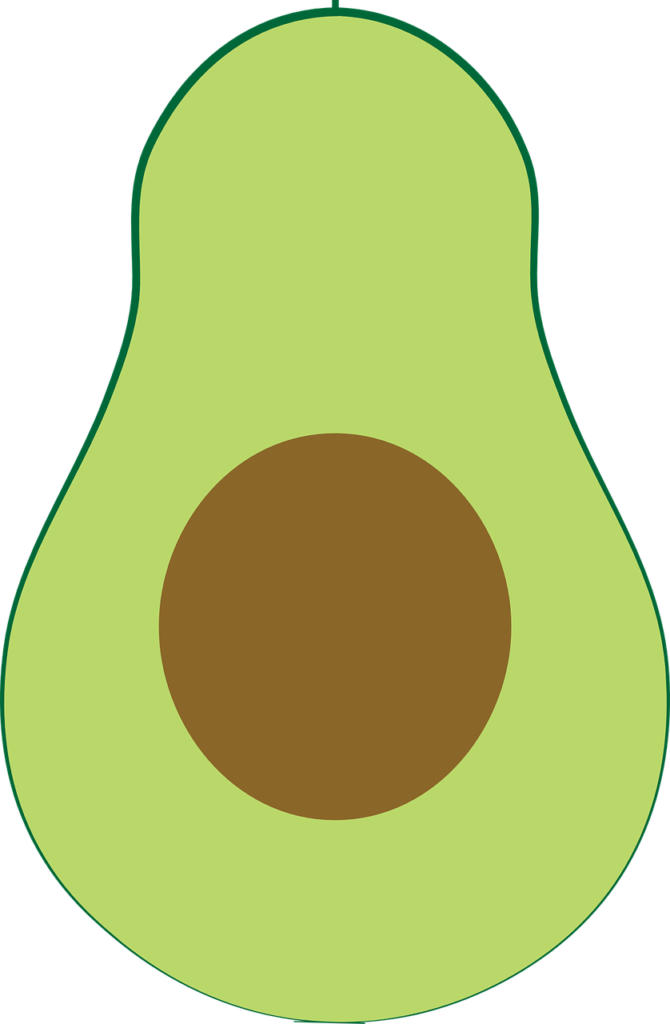Looking to indulge in the juicy sweetness of mangos? Wondering if they are currently in season? Well, you’re in luck! This article will give you the lowdown on the availability of mangos and whether it’s the perfect time to sink your teeth into these tropical delights. Get ready to discover if those vibrant orange fruits are ready for your taste buds or if you’ll have to wait a little longer for their tantalizing flavors.
Are Mangos in Season Now?

Factors Affecting Mango Season
Mango season refers to the time of the year when mangoes are at their peak in terms of availability, quality, and flavor. Several factors influence the mango season, including weather conditions, geographical location, and the specific variety of mango. The availability of water, temperature, and sunlight all contribute to the growth and maturity of mango trees, which ultimately determines when the fruit is in season.
Different Mango Varieties and Their Seasons
There are numerous varieties of mangoes, each with its own unique flavor, texture, and seasonality. Some popular mango varieties include Alphonso, Kent, Tommy Atkins, Keitt, and Honey mangoes. Different varieties have varying maturation periods and thus have different seasons. For example, Alphonso mangoes are typically in season from April to June, while other varieties such as Kent mangoes are available from June to August. Understanding the seasons of different mango varieties allows you to enjoy a variety of delectable mangoes throughout the year.

Harvesting and Ripening Process
Mangoes are typically harvested when they are mature but still firm. Once harvested, the mangoes go through a ripening process that can take anywhere from a few days to a week, depending on the variety and the stage of maturity at picking. Mangoes undergo a natural ripening process that is enhanced by ethylene gas, which speeds up the ripening process. Therefore, it is important to store unripe mangoes at room temperature and away from direct sunlight until they reach the desired ripeness.
Geographical Factors and Mango Seasons
Geographical factors play a crucial role in determining the mango season. The availability of sunlight, temperature, and rainfall in a particular region greatly influence the growth and abundance of mango trees. For example, regions in tropical climates, such as India and Southeast Asia, are known for their lush mango orchards and have mango seasons that typically span from March to September. In contrast, regions with temperate climates, such as parts of Europe and North America, have shorter mango seasons that align with the warm summer months.

Importance of Mango Season
Mango season holds great importance for both mango farmers and consumers. For farmers, mango season represents the peak period of harvest, allowing them to reap the rewards of their hard work and maximize their income. Mango trees produce an abundance of fruit during their respective seasons, providing a sustainable livelihood for many farmers. For consumers, mango season is an opportunity to enjoy the freshest, most flavorful mangoes available. The peak season ensures that the mangoes are harvested at their optimal stage of ripeness, offering a delightful eating experience.
Food Safety and Mango Season
Mango season also plays a crucial role in ensuring food safety. During the mango season, there is a higher likelihood of finding locally grown mangoes, reducing the need for long-distance transportation. This means that the mangoes spend less time in transit, reducing the risk of spoilage and maintaining their freshness. Additionally, consuming locally sourced mangoes during the mango season supports local agriculture and reduces our carbon footprint.

How to Know if Mangos are in Season
To determine if mangoes are in season, you can look for signs such as the availability of mangoes at local grocery stores and farmers’ markets. You can also check the origin of the mangoes, as mangoes sourced from local farms are more likely to be in season. Another way to determine mango season is by staying informed about the peak harvest periods of different mango varieties. Local agricultural authorities or online resources can provide valuable information about the mango seasons in your area.
Benefits of Eating Seasonal Mangos
Eating seasonal mangoes offers various benefits for both your health and the environment. Seasonal mangoes are generally fresher, tastier, and more nutritious. They are harvested at their peak, ensuring that you get the highest quality fruit. In addition, consuming seasonal mangoes supports local farmers and reduces the environmental impact associated with long-distance transportation. By opting for seasonal mangoes, you are not only treating yourself to a delicious fruit but also making a sustainable and responsible choice.

Seasonal Mango Recipes
The mango season presents endless opportunities to explore and experiment with delectable mango recipes. From refreshing mango smoothies and vibrant mango salsa to indulgent mango cheesecake and tropical mango sticky rice, there is a recipe to suit every taste. Mangoes can be incorporated into both sweet and savory dishes, adding a burst of tropical flavor and a hint of natural sweetness. Exploring seasonal mango recipes allows you to make the most of the bountiful mango season and enjoy the versatility of this beloved fruit.
Conclusion
In conclusion, mango season is a time to celebrate the abundance of this beloved tropical fruit. Factors such as weather conditions, geographical location, and mango variety all contribute to the determination of when mangoes are in season. The knowledge of mango seasons allows farmers to plan their harvests and ensures that consumers can enjoy the freshest and most flavorful mangoes available. So, the next time you spot those juicy, ripe mangoes at your local grocery store or farmers’ market, you can confidently indulge in the seasonal delight and savor the taste of pure tropical bliss.

